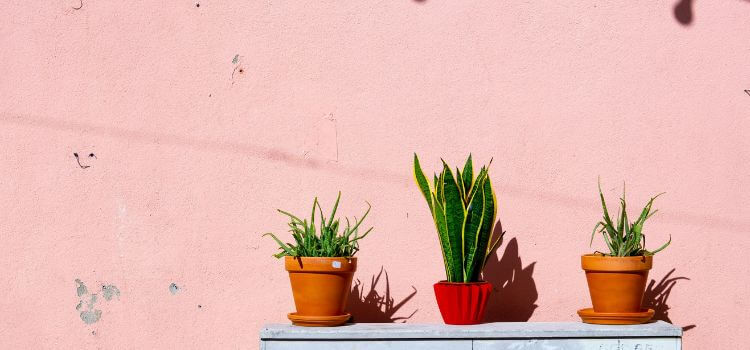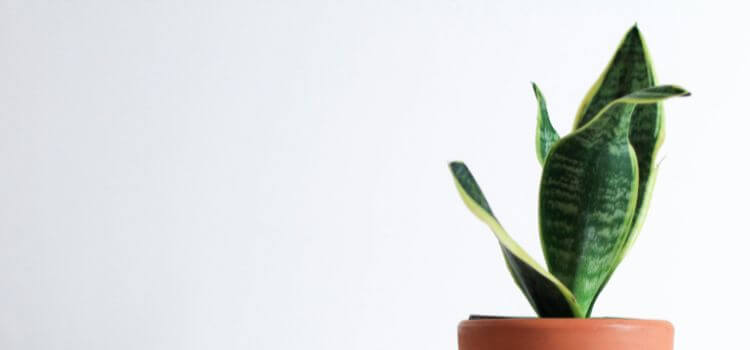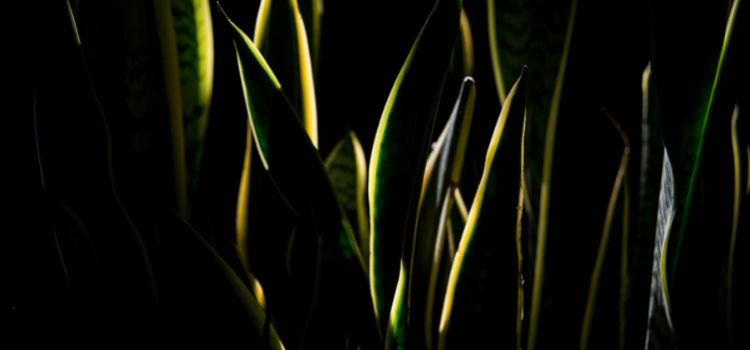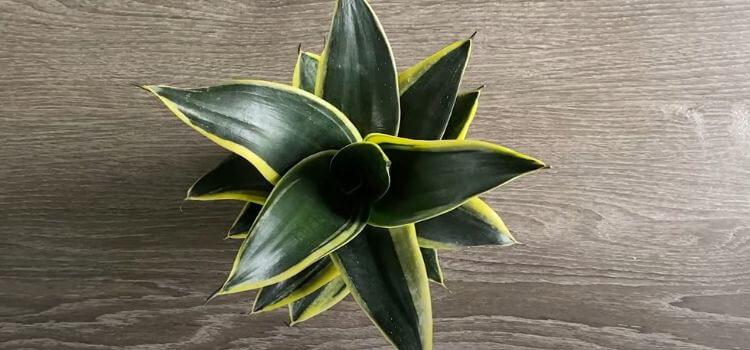As an Amazon Associate, I earn from qualifying purchases.
Yes, snake plants are succulents. They store water in their thick, fleshy leaves.
Snake plants, known as Sansevieria, have become famous among indoor gardeners. These resilient plants flourish in harsh environments, making them perfect for beginners and experts.
Snake plants, with their upright structure and variegated patterns, provide greenery and purify indoor air. They can tolerate drought and adapt to varying light levels, making them ideal for easy-care plants.
The Snake Plant
Welcome to the fascinating world of the Snake Plant, often called Nature’s Sculpture. This remarkable plant combines beauty with resilience, making it a popular choice for plant lovers. Its striking vertical leaves and patterned surfaces. The snake plant stands out as a living work of art. Here are the details:
Characteristics Of Snake Plants
Snake Plants, also known as Sansevieria, boast features that make them instantly recognizable:
- Upright Leaves: Their towering, sword-like leaves grow vertically, making a bold statement.
- Variegated Patterns: The foliage often sports green and yellow stripes, offering a visual treat.
- Tough Texture: The leaves feel rubbery and thick, a typical succulent trait that aids in water retention.
- Air Purification: Known for their ability to filter indoor air, they contribute to a healthier living space.
These adaptations serve aesthetic purposes and equip the Snake Plant to thrive in less-than-ideal conditions.
Habitats And Growth
Originating from the dry, rocky regions of West Africa, Snake Plants are accustomed to drought-like conditions. This history explains their growth patterns and hardiness:
| Feature | Details |
|---|---|
| Drought Resistance | Capable of surviving long periods without water. |
| Light Adaptability | They perform well in low light to bright, indirect sunlight. |
| Soil Preference | Prefer well-draining soil, mimicking their arid homeland. |
| Growth Habit | Grow slowly, offering an easy-going approach to plant care. |

Succulents Defined
When you think ‘succulents,’ your mind might instantly go to the desert-native cacti. But succulents are a vast group of plants that store water in thick leaves and stems. They’re not limited to cacti; they span various shapes, sizes, and colours.
Succulent Essentials: What Makes A Plant Succulent
The term ‘succulent’ comes from the Latin word ‘sucus’, meaning juice or sap. These plants have adapted to survive in arid conditions. The critical characteristics of succulents include:
- Thick, fleshy leaves or stems: They store water to use during drought.
- Small or absent leaves: Limits water loss through evaporation.
- Root systems: Shallow and wide to collect surface moisture.
Diversity Among Succulent Species
Succulents boast an incredible variety. They include more than just the spiky cacti we commonly know. For instance:
| Plant Family | Examples |
|---|---|
| Aizoaceae | Lithops, Ice plants |
| Crassulaceae | Jade plants, Echeveria |
| Asphodelaceae | Aloe vera, Haworthia |
The Snake Plant, or Sansevieria, is among these varied species. It is a popular succulent with upright, striped leaves. While often placed in its category, it shares succulent traits that help it thrive in similar environments.
The Misconceptions
The mystique surrounding snake plants leads to debates in gardening circles. Are they succulents, or aren’t they? Let’s set the record straight by dispelling myths and clarifying common mix-ups.
Common Myths About Snake Plants And Succulents
- Myth: All plants with thick leaves are succulents.
- Fact: Leaf thickness alone doesn’t define a succulent.
- Myth: Snake plants need desert-like conditions to thrive.
- Fact: They are more versatile than actual succulents.
- Myth: Succulents and snake plants are the same in care needs.
- Fact: Snake plants are hardier and more forgiving.
Why Snake Plants Are Often Mistaken For Succulents
Resemblance: Snake plants look like succulents with their thick, upright leaves. This appearance often needs to be clarified.
Water Storage: Snake plants store water in their leaves. This trait is a hallmark of succulents, hence the mix-up.
Harsh Conditions: They survive in low light and drought. These are conditions usually associated with succulents.
Marketing: Some stores label them as succulents for simplicity. This broad category can mislead consumers.

Snake Plants Vs. Succulent
Succulents are captivated by their ability to thrive under harsh conditions. Common garden varieties include cacti, aloe, and, yes, snake plants. But do snake plants genuinely belong in the succulent family? To reach a clear conclusion, let’s explore their features against traditional succulent criteria.
How Snake Plants Measure Up
Snake plants, known scientifically as Sansevieria, demonstrate remarkable resilience. They boast a host of adaptations that mirror classic succulent characteristics.
- Thick leaves: Store water efficiently
- Crassulacean acid metabolism (CAM): Opens stomata at night to reduce water loss
- Waxy coating: Minimizes evaporation from leaf surfaces
Snake plants’ tough, fibrous roots withstand limited watering schedules, equipping them to survive periods of drought like their succulent cousins.
Analyzing Water Storage And Drought Resistance
Water storage is vital for plants in arid environments. Succulents excel in storing water within their leaves, stems, or roots to combat dry periods.
| Feature | Snake Plant | Typical Succulent |
|---|---|---|
| Leaves | Thick, robust | Thick, fleshy |
| Water retention | High | Very high |
| Drought resistance | Strong | Very strong |
While snake plants store water, their capacity is less vast than some succulents. However, their ability to go without water for extended periods still places them firmly within the succulent family.
Caring For Your Snake Plant
Are Snake Plants Succulents? Yes, they are! Snake Plants, known scientifically as Sansevieria or Dracaena trifasciata, possess the classic characteristics of succulents. They store water in their leaves and require minimal maintenance, making them a popular choice for both seasoned and novice gardeners. Caring for your Snake Plant doesn’t have to be complicated. By following simple guidelines, these hardy plants can thrive for years to come.
Best Practices For Snake Plant Maintenance
Ensuring your Snake Plant remains healthy involves some easy steps:
- Light: Place in indirect sunlight.
- Water: Allow soil to dry between waterings.
- Temperature: Keep between 55-85°F (13-30°C).
- Soil: Use free-draining soil or a cactus mix.
- Containers: Pick pots with drainage holes.
Avoiding Common Mistakes In Snake Plant Care
Avoid these pitfalls to keep your Snake Plant in top condition:
- Avoid overwatering to prevent root rot.
- Don’t be exposed to cold drafts or direct sunlight.
- Resist frequent repotting; Snake Plants like snug pots.
- Keep leaves clean with a damp cloth, not chemicals.

Frequently Asked Questions For Are Snake Plants Succulents
Yes, snake plants are succulents known for their thick, fleshy leaves that store water. They thrive with minimal care and infrequent watering, making them popular indoor plants.
Snake plants prefer well-draining succulent soil to prevent root rot and encourage healthy growth. Use a mix specially designed for succulents and cacti.
Snake plants contain saponins, which can be toxic when ingested. This substance causes nausea, vomiting, and diarrhea in humans and pets.
Yes, you can sparingly use succulent food for a snake plant during the growing season for optimal health.
Conclusion
Navigating the world of houseplants can be both intriguing and informative. With its resiliency and unique aesthetic, the snake plant shares traits with succulents, enhancing its appeal for plant lovers. As you embrace its care, remember these similarities and enjoy the unique charm it adds to any space.
Whether you’re a seasoned green thumb or a budding plant lover, the versatile snake plant is a splendid choice.

